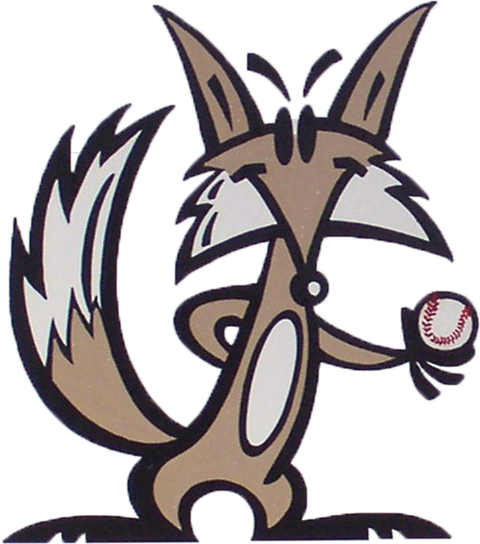Developing Diamond Master Hitters
by Coach Fox

In the Coach’s crosshairs are Hitting and the puzzle of “Teaching Hitting”!
The art of “Hitting” (softball or baseball) is thought so casually by many new coaches, that too often these otherwise thoughtful adults, who coach, feel comfortable in hitting instruction without the actual study of the process. After all, “it’s just Hitting”. Coaches, excellent in their professions and fields of daily occupation, in many cases miss, or overlook, the constructive, fundamental elements of actually “teaching hitting”. Coach hitting? Start now, and have a “Level”, so you can soon have a Next Level instructional batting box.
The art of “Hitting” (softball or baseball) is thought so casually by many new coaches, that too often these otherwise thoughtful adults, who coach, feel comfortable in hitting instruction without the actual study of the process. After all, “it’s just Hitting”. Coaches, excellent in their professions and fields of daily occupation, in many cases miss, or overlook, the constructive, fundamental elements of actually “teaching hitting”. Coach hitting? Start now, and have a “Level”, so you can soon have a Next Level instructional batting box.
Have players go to the plate with a philosophy of Hitting: Swing Enough – aggressively! There is nothing worse than taking a 2-strike fat pitch down the pipe, or having a 2-strike hitter give up on a pitch at the edge of the zone. You have to swing to win, to get the prize, just as in Life. Go to the batter’s box and between the lines to “make a play”. As a coach, your Diamond Master heart’s goodness will grow as your team makes play after hit, after play, after hit. Do not worry about players missing the ball, we all miss balls.
There are two parts to Hitting: Body Mechanics and Timing. Body mechanics is what we work on in practice and before a game, soft-tossing or cage hitting. Your hitter’s body must understand and remember the 4-step process of hitting. Second, is Timing, which is what the hitters and coaches concern themselves with at immediate pre-game, and within the game. Armed with mechanics, timing pitches becomes the real challenge.
To coach the mechanical process of hitting, break the process into 4 parts: The Batting Stance, The Start of the Swing, The Swing and Contact, Finish the Swing.
The batting stance begins with the proper location in the batter’s box, in relation to the plate. Position your hitters away from the front of the batter’s box, front foot straight out from the first angle of the plate, and off the plate, so that when the hitter lays the bat at their front toe the end of the bat is slightly more than 1 inch from the opposite side of the plate, not all the way across the plate. The hands should be up behind the ear hole of the helmet, back elbow straight out, perhaps slightly angled up, thus shoulders leveled. The inside of the feet, should be at the outside of the shoulders. Put your hitters in a slight crouch, knees comfortably bent, butt out – all with a Game-Face, and perhaps a confident spit.
The Start of the Swing, is with the movement of the front foot, 3-4 inches “into” the pitch, going after the pitch, inside or outside, or straight to the ball down the pipe. All in one continuous motion in coordination, with the step into the ball the back elbow drops to the hitter’s side and the hands begin through the strike zone; knees still bent, butt still out, so as not to change the eye-level. Hips start to open.
The Swing has the batter’s nose on the ball: front foot pointing the way into the pitch location, hands gathering coordinated accuracy – the hips open so the body’s sling-shot momentum is an accent of power from the push off the back foot. At contact, the hitter is looking straight down the tube of the bat at the actual contact between the bat and ball. Hips becoming all the way open at the point of contact.
Finish the Darn Swing! Way too many youthful hitters want to stop their swing at the point of contact with the pitched ball, as if losing interest in the activity, thus manufacturing the sorrowful, depressing, win-less/prize-less “dink”. Teach your hitters to swing through the ball, not to the ball. Sports (and hitting) is controlled violence: crush the ball, drive it, and punish it for being in your hitting wheelhouse. The bat should extend through the strike zone to the point of slightly touching the hitter’s back shoulder blade at the end of the follow-through.
Two more hitting tips: First, at the conclusion of the swing, the lead leg should be extended and bent, just at the angle it was bent in the stance. This means the eye level remains consistent through the swing – a big deal. Second, is the question of “power hitting”. Get more power from the same body, by doing three things: 1) Have a stance off the plate, so the meat of the bat (the last 6 inches) is making contact with the ball, not the mid-handle “dink” part of the bat. 2) As the swing develops, push straight off of the back foot, moving the weight of the body into the swing. (Popping the wrists at contact is helpful but difficult.) 3) Finish the swing; swing through the ball, not to the ball.
Hit Away! Frozen Ropes! Worm Burners!














